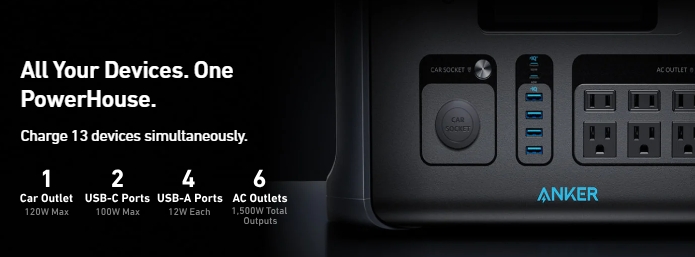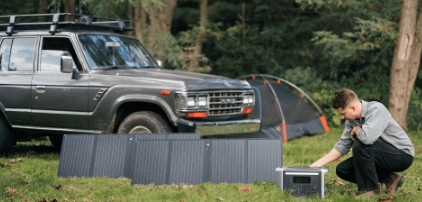With the rising costs of electricity and the growing awareness of environmental impacts, understanding how we use energy at home is more critical than ever. One of the key factors that influence energy usage—and ultimately, our electricity bills—is the watt, a fundamental unit of power measurement. By understanding the role of watts in household appliances and renewable energy systems, homeowners can make informed decisions that lead to energy savings and eco-friendly practices. A crucial part of this knowledge is knowing how to differentiate between amps vs watts, especially when comparing appliances or designing energy-efficient systems.
What Are Watts and How Do They Relate to Household Appliances?
Understanding Watts: The Key to Measuring Power Consumption
Watts (W) are the standard unit for measuring the rate at which electrical energy is consumed. They represent the amount of energy an appliance uses per second. For example, a 100-watt light bulb uses 100 watts of electricity every second it's turned on. Knowing how many watts an appliance uses helps you understand its energy consumption, which can vary significantly across different devices in your home. Common household appliances, such as refrigerators, microwaves, and televisions, have different power ratings. For instance, a refrigerator might use around 150 watts, while a microwave could consume 1,000 watts when in use. These numbers show that some devices are more energy-hungry than others. This is where understanding watts becomes practical—by knowing how much energy an appliance uses, you can prioritize energy efficiency in your home.

Differentiating Between Amps and Watts: Why It Matters
Before diving deeper into watts, it’s useful to clarify the difference between amps and watts. While watts measure the total power consumption, amps (amperes) measure the current flow of electricity through a circuit. The relationship between the two can be explained with a simple formula: Watts = Volts x Amps. This means that wattage represents the overall power used by an appliance, taking both the voltage (electric potential) and the amperage (electric current) into account. For instance, if an appliance operates at 120 volts and 5 amps, it consumes 600 watts of power. Understanding this distinction is crucial when assessing both the power consumption of appliances and the capacity of electrical systems in your home. Moreover, knowing the relationship between amps and watts can help you assess the total electrical load an appliance places on your home’s system, ensuring safety and efficiency.
Calculating Energy Usage in Watts to Reduce Your Electricity Bill
Knowing how to calculate energy usage in watts can provide valuable insights into your household's overall electricity consumption. Electrical appliances are typically rated in watts, but your energy bill usually reflects usage in kilowatt-hours (kWh). To calculate how much energy an appliance uses, multiply its wattage by the number of hours it operates, then divide by 1,000 to convert to kilowatt-hours. For instance, consider a 60-watt light bulb that is left on for five hours a day. Multiply 60 watts by 5 hours to get 300 watt-hours, which converts to 0.3 kilowatt-hours. If you use that light bulb every day for a month, it will consume about 9 kWh (0.3 kWh x 30 days). By understanding these calculations, you can identify energy-wasting habits in your home and adjust them accordingly.
How Watts Help in Choosing the Right Appliances for Energy Efficiency
When it comes to purchasing new appliances, wattage plays a crucial role in determining energy efficiency. Many homeowners opt for energy-efficient products, but it’s essential to pay attention to the wattage, as it directly correlates with the energy consumption of each device. Higher-wattage appliances consume more electricity, so selecting low-wattage alternatives can contribute to long-term savings on your energy bills. Energy Star ratings, a common metric for assessing appliance efficiency, often take wattage into account. Appliances with lower wattages typically receive better energy efficiency ratings, as they use less power to perform the same tasks. For instance, if you're comparing two washing machines, one rated at 500 watts and the other at 700 watts, the one with the lower wattage is more likely to be energy-efficient, meaning it will cost you less to operate over time.
Understanding Watts in Renewable Energy Systems
As renewable energy systems like solar panels become increasingly popular for homes, understanding watts becomes even more important. For instance, the Anker SOLIX F1200 Portable Power Station is an excellent example of how wattage plays a role in energy storage and output. This portable power station can power up to 95% of household appliances, thanks to its robust 1800W capacity. Additionally, the 600W max solar recharge capability ensures that it can be integrated seamlessly into a home’s renewable energy system. When installing solar panels or purchasing a portable power station, understanding the wattage of both your appliances and your energy sources allows you to make more informed decisions about how to balance consumption and production.

Conclusion
In conclusion, mastering the concept of watts is essential for anyone looking to manage their home’s energy use more effectively. Whether you’re calculating how much energy your appliances consume, comparing products for energy efficiency, or exploring renewable energy options, understanding watts provides a strong foundation. By applying this knowledge, you can make smarter decisions that lead to lower electricity bills and a greener lifestyle.
